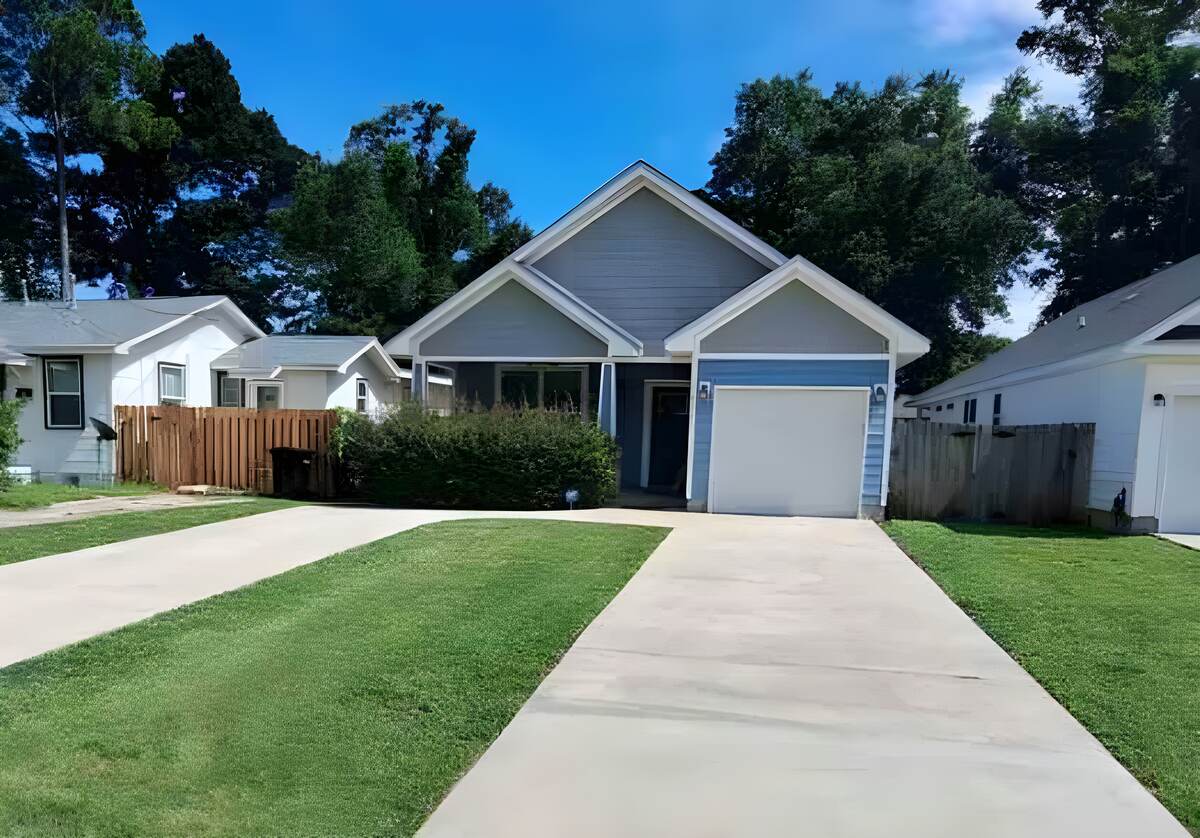
Winter in Pensacola may not bring snow and ice but that doesn’t mean your lawn can be ignored. Even with mild temperatures, your grass still experiences changes that require attention. These winter lawn care tips for Pensacola will help keep your lawn healthy through the cooler months so it bounces back strong in spring.
By doing simple things such as reducing foot traffic and cleaning up debris, you can ensure your lawn stays in top shape and avoids common winter issues.
Reduce Foot Traffic
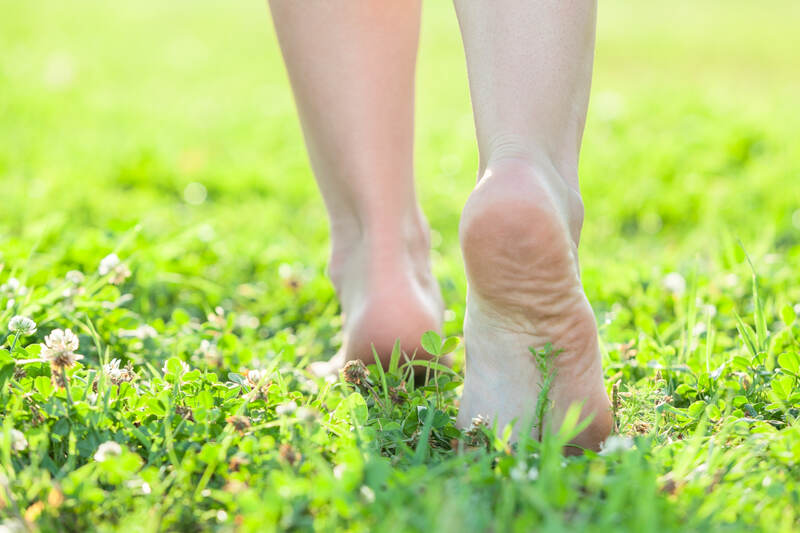
To protect your grass, try to minimize the amount of foot traffic that it receives over the winter. That might be difficult if you have pets and kids, but try to keep their activity to your backyard to allow at least some of your lawn to rest.
Unlike during the growing season, when grass can repair itself, winter dormancy means the blades are more fragile and susceptible to breakage and thinning. Heavy foot traffic can also compact the soil, making it harder for air, water, and nutrients to penetrate when the grass starts growing again in spring.
See Related: How to Tell You Have Compacted Soil
Water Your Lawn Less Often
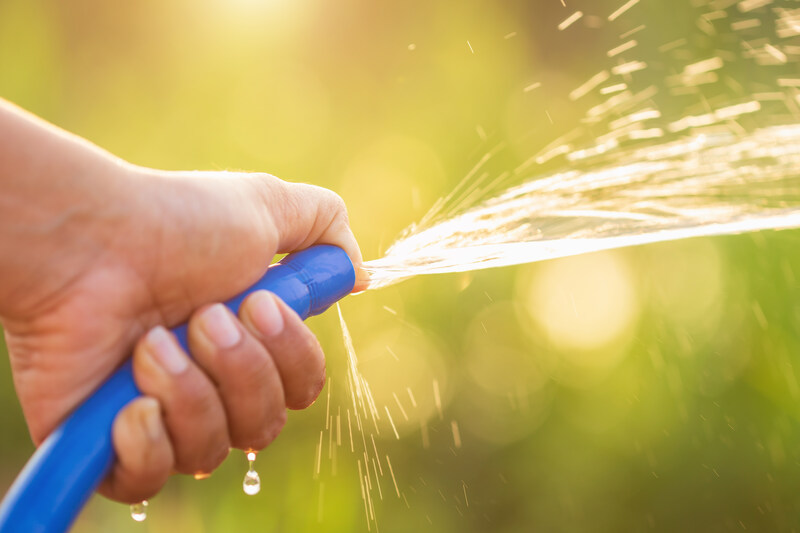
Grass doesn’t need as much water from December to February as it does throughout July and August. However, it still does need moisture, even if your grass is currently dormant. In the wintertime, you need to water your lawn only every once or twice a week, with a total of 1 inch of water.
Pay attention to how much rain you receive. It is easy to overwater in the winter. If you have any rain, push back your watering plans.
To determine how long you need to water your lawn, set out cans where your sprinklers or irrigation system sprays water. Observe how long it takes to get 1/2- to 3/4-inch of water in the can. This will let you know how long to leave your irrigation system running.
See Related:
— How Often Should You Water Your Lawn in the Winter in Florida?
— Essential Lawn Watering Tips for Florida
— How to Water Your Lawn in Fall and Winter
Watch for Winter Lawn Diseases
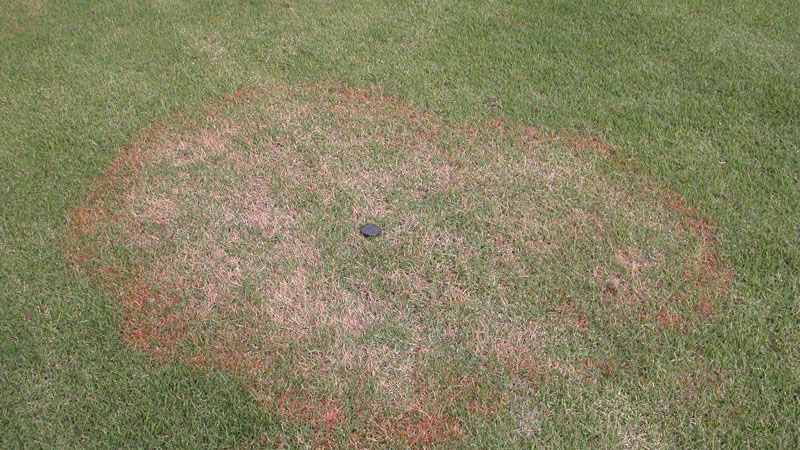
While Pensacola’s winters are mild, the combination of cool temperatures and moisture creates ideal conditions for fungal diseases to develop. Large patch, also known as brown patch (Rhizoctonia blight) appears between November and May, when temperatures are below 80 degrees.
Large patch is especially problematic for centipedegrass and St. Augustinegrass, two of the most popular grass types in Pensacola. To prevent this disease:
- Water early in the day to reduce leaf wetness overnight, as damp conditions promote fungal growth.
- Avoid fertilizing in late fall or early winter, as excessive nitrogen can make your lawn more susceptible to disease.
See Related: Best Types of Grass for Florida Lawns
Overseed for Winter Color
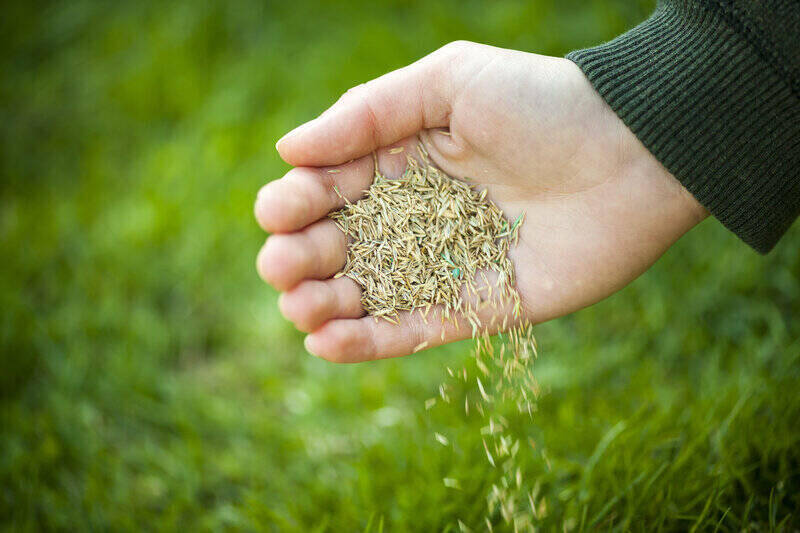
If you want to keep your lawn green throughout the winter, overseeding is a great option. In Pensacola, the best time to overseed is from October to November, though you can still do it in early December if you miss the ideal window.
For the best results, wait until daytime temperatures are in the low to mid-70s. Use perennial ryegrass, a cool-season grass that germinates quickly and stays green through winter, giving your lawn a lush appearance even as warm-season grasses go dormant.
To overseed, the first thing to do is remove all the debris and dead grass by raking the spots. Make sure you mow the lawn before you overseed. Spread the seed evenly over the bare spots and water well. You have to water frequently until the seed germinates. Of course, a winter lawn requires watering, mowing, and fertilizing.
See Related:
— How to Overseed a Lawn in 8 Simple Steps
— How to Overseed in the Fall with Fescue
— When to Overseed Bahiagrass in Florida
Control Weeds
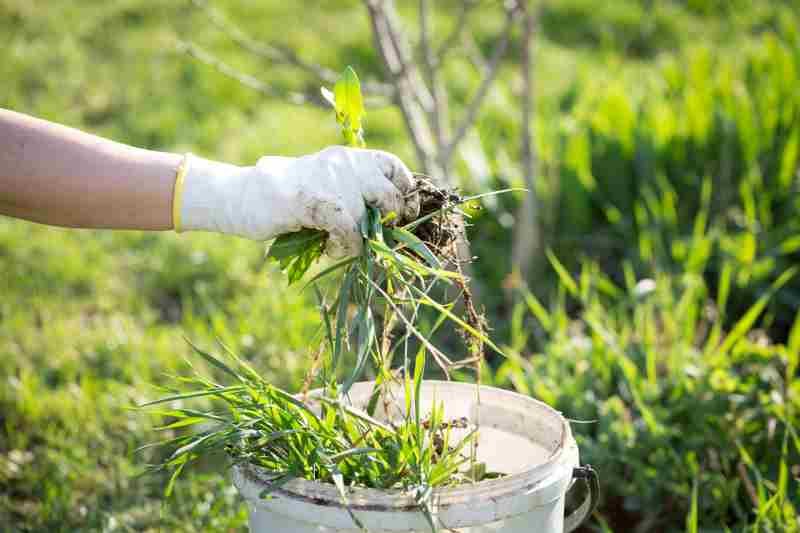
A vigorous turf is the best approach to weed control. Typically, using the proper mowing height, fertilizing, and water helps to encourage a healthy lawn. If a herbicide is needed, applying a pre-emergent herbicide in late winter will help kick the problem. The best time to apply a pre-emergent herbicide in northern Florida is in early March or late February.
Moreover, weeds like chickweed and henbit thrive in cooler temperatures. The best way to control winter weeds is through hand-pulling while they are still young, making sure to pull the entire root to stop regrowth.
See Related:
— Best Pre-Emergent Herbicides for Lawns
— How to Identify and Control Chickweed in Your Florida Lawn
When to Hire a Lawn Care Pro
Even though Pensacola’s winters are mild your lawn still needs attention to stay healthy. From overseeding for winter color to watching for fungal diseases and controlling weeds, small steps now can make a big difference when spring arrives.
Want expert help with winter lawn care? Visit our Pensacola lawn care page to connect with local professionals who can keep your lawn in top shape year-round. We also have pros in other Florida cities, such as Jacksonville and Tampa.
Read More:
— Summer Lawn Care Tips for Pensacola
— Winter Lawn Care Tips for Florida
— The Growing Zones of North Florida
— What is Florida-Friendly Landscaping?
— The Best Lawn Fertilization Schedule and Tips for Florida
Main Image Credit: Photo of a lawn mowed by a LawnStarter Pro in Pensacola, FL